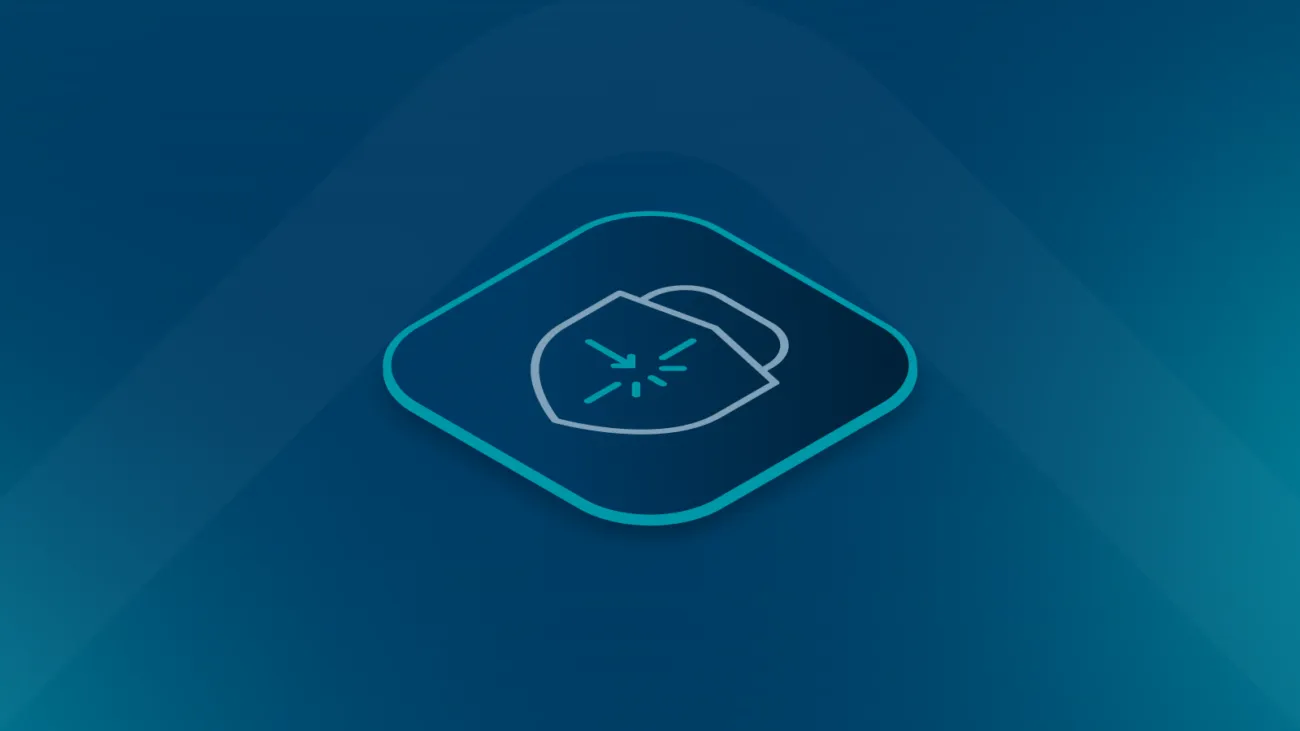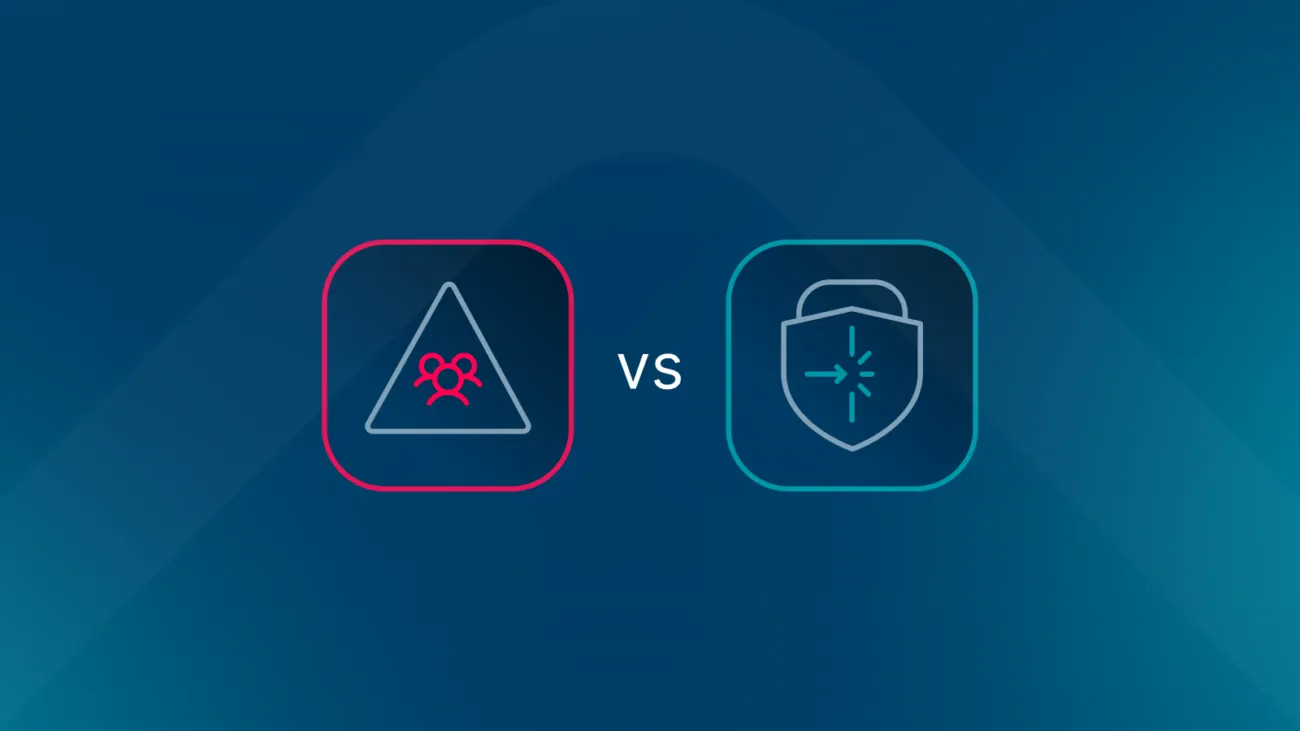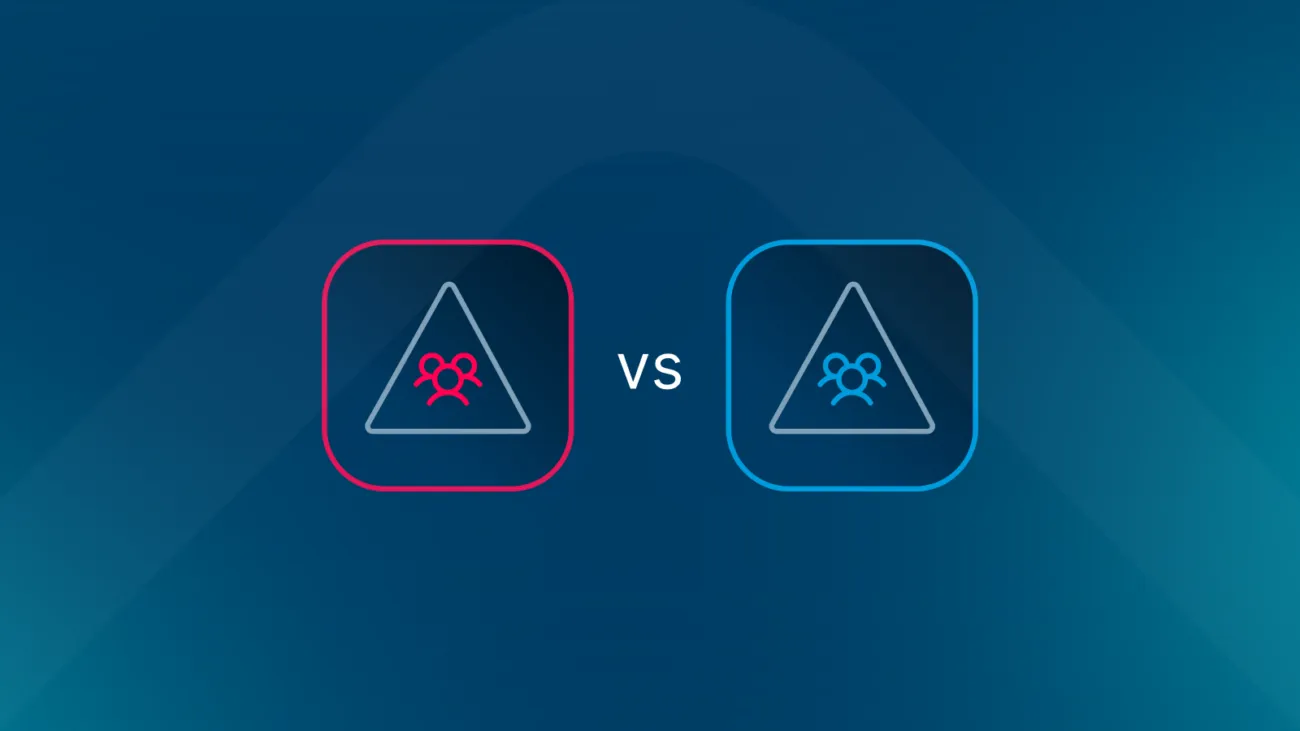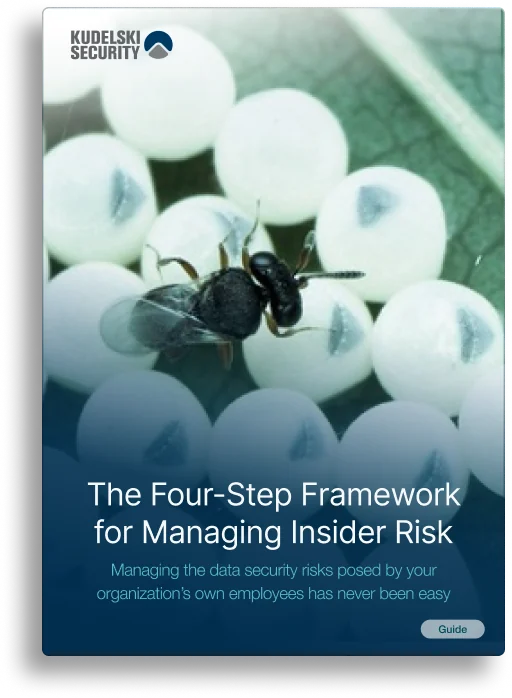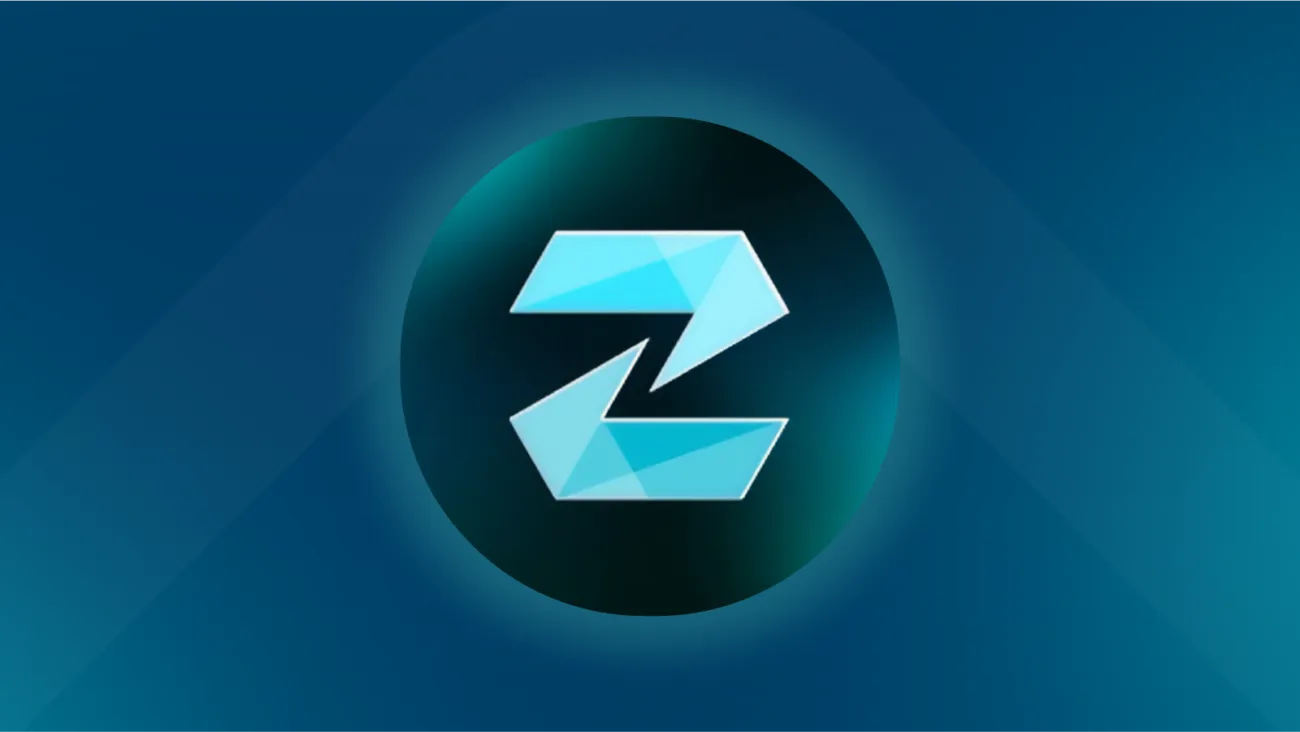Why Blockchain Isn’t Secure by Default: Common Myths & Real Risks
Blockchain technology is often marketed as unhackable and inherently safe.
This belief has led many to assume that once a project is built on a blockchain, it’s automatically secure. But the reality is far more complex. From smart contract bugs to governance manipulation, many of the most serious exploits in crypto history stem from overlooked vulnerabilities—not weaknesses in the blockchain itself.
This article explores the most common myths about blockchain security and explains, in plain terms, why real security depends on more than just the technology’s reputation.
Myth 1: “If the cryptography is strong, everything else is safe”
What people believe: Blockchain uses advanced cryptography—if the math works, then the system is secure.
The reality: Strong encryption doesn’t protect you from poor implementation or unsafe practices.
Real-world examples include:
- Weak Key Generation: If the random numbers used to generate private keys aren’t truly random, attackers can guess them.
- Side-Channel Attacks: Hackers observe physical behavior (like power usage or timing) of devices like hardware wallets to extract keys.
- User Interface Exploits: Clipboard malware can silently replace copied wallet addresses with the attacker’s, tricking users into sending funds to the wrong place.
Cryptography is just one piece of the puzzle. Securing the entire system—from devices to user interactions—is just as important.
Myth 2: “Blockchain is secure because it’s decentralized”
What people believe: Since blockchains distribute data and control across many participants instead of relying on a central authority, some think decentralization automatically equals security.
The reality: Decentralization reduces single points of failure, but introduces new risks:
- DDoS (Distributed Denial of Service): Attackers flood blockchain nodes with traffic to overwhelm and crash them, disrupting the network.
- Sybil Attacks: A malicious actor creates many fake identities (nodes) to gain influence or disrupt consensus, like rigging a community vote with hundreds of forged ballots.
- Network Partitioning: If attackers isolate parts of the network from each other, they can cause disagreements on the blockchain’s current state, potentially leading to double-spending.
- DAO Governance Manipulation: Some blockchain-based organizations (DAOs) make decisions through token-holder votes. Large holders (“whales”) can push decisions unilaterally, and attackers can use flash loans to borrow massive voting power temporarily and pass harmful proposals.
Decentralization changes how you need to apply security—it doesn’t make security unnecessary.
Myth 3: “Smart contracts are immutable, so they’re secure”
What people believe: Once a smart contract is deployed, its code can’t be changed. That makes it tamper-proof and, therefore, safe.
The reality: Immutability means errors in the code become permanent. If a vulnerability exists in the deployed contract, attackers can exploit it indefinitely.
Example: In 2016, a project called “The DAO” was hacked for $50 million1 because of a reentrancy bug—where a contract kept calling itself before it finished its previous instructions. Since the code couldn’t be patched, it led to a crisis that split the Ethereum network in two.
Even today, common smart contract issues include:
- Logic errors like reentrancy
- Mathematical bugs (e.g., integer overflows)
- Lack of access control or permission checks
Just because code can’t be changed doesn’t mean it can’t be wrong.
Myth 4: “The protocol is widely used so it must be safe”
What people believe: If a protocol has lots of users, handles billions in assets, and has been around for years, it must be secure.
The reality: Usage is not a substitute for security. Many high-profile platforms have suffered major breaches despite their popularity:
- Compound Finance (2021): A bug in how the system calculated token rewards led to millions in unintended payouts.2
- SushiSwap’s MISO Platform (2021): A supply chain attack inserted malicious code into a public repository, allowing unauthorized fund access.3
- Ronin Network (2022): Attackers gained control of validator nodes, leading to a $600 million theft—the largest in DeFi history.4
The more a protocol is used, the more attractive it becomes to attackers. Continuous audits are critical.
Where the real risks remains
Blockchain systems are made of many layers, and each one introduces potential vulnerabilities:
- Smart Contracts: Bugs, economic exploits, insecure external calls
- Wallets & Frontends: Injection attacks, phishing websites, hijacked sessions
- Oracles & Bridges: Data manipulation, signature spoofing, consensus mismatches between chains
- Nodes & Network Infrastructure: DDoS, Sybil attacks, routing manipulation
- Governance & Human Behavior: Flash loan governance hacks, lost keys, insider threats
No layer is immune. Security must be holistic, not just focused on the chain itself.
Key takeaway
Blockchain offers incredible potential—but its promise of “trustless” systems only works if every component is trustworthy.
Security isn’t built into the blockchain. It’s built around it.
At Kudelski Security, we help you find and fix vulnerabilities before attackers can exploit them—whether you’re launching a smart contract, scaling a DeFi protocol, or integrating wallets and oracles.
Ready to secure your blockchain infrastructure?
Stay tuned for the next article in our series: “Top 10 Smart Contract Vulnerabilities (and How to Avoid Them)”
Resources:
1 – The DAO – Wikipedia
2 – Compound bug leaves $80 million in COMP at risk of being misrewarded | The Block
3 – Cryptocurrency launchpad hit by $3 million supply chain attack – Ars Technica
4- Crypto Hackers Exploit Ronin Network for $615 Million





